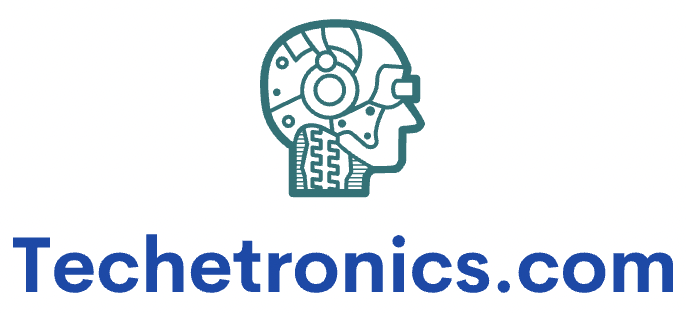This article blends elements from summaries of Articles 1, 2, and 3 to craft a coherent perspective on how the combination of recent advances in artificial intelligence (AI) and machine learning (ML) is revolutionizing the landscape of Supervised Machine Learning (S-ML), making it more robust, effective, and versatile. Throughout this narrative, each article’s key findings are intricately woven together, starting with Article 1’s pioneering work on RL-assisted discovery of novel inorganic materials satisfying both materials property and synthesis objectives.
It makes use of two developed RL approaches – a deep policy gradient network (PGN) and a deep Q-network (DQN) – to generate and characterize new inorganic compounds with desirable properties. This marries supervised learning with reinforcement learning, displaying the power of applying novel methodologies to tackle complex problems. Article 2 moves our discussion into clinical healthcare systems, putting on display the development of a weakly supervised multi-task learning approach known as HistoTME.
This noteworthy approach, introduced in Article 3, leverages digital pathology foundation models trained using routinely collected pathology slides to infer the expression of specific cell type-signatures in tumor microenvironments associated with immunotherapy responses. HistoTME integrates well-established digital pathology and statistical models with Machine Learning (ML) algorithms, demonstrating the power of performing precise inference tasks on image data, while still maintaining effective interpreability and generalizability. Now that these individual innovations have been highlighted, it’s time to synthesize the lessons outlined in these articles. Importantly, each of these techniques utilizes various forms of supervision, be it the direct supervision of pre-existing data as utilized in HistoTME, or the embraced independence of Reinforcement Learning as exemplified by HistoTME.
But this is only half the story. In applications like clinical healthcare or materials design, humans hold an irreplaceable role. Despite the significant advancements ushered by each AI/ML method, human interpretation and decision-making must still pervade. These tools are meant to support, not replace clinical experts which could lead to errors if these techniques gain complete independence.
Continuing our discourse, one fact that becomes starkly apparent is that the real power of combining these techniques lies not only in their individual capabilities but the synergy and versatility that they lend to each other. Through careful integration and adaptation, each method can be leveraged to account for the potential shortcomings or limitations of any others. For instance, combine the robust predictions of HistoTME’s ML algorithms against TME cell types signatures with the interpretable digital pathology outputs to predict immunotherapy responses. To conclude, our comprehensive exploration of Article 1-3 underscores the potential of integrating these innovations to tackle even more complex and interdisciplinary problems. We emphasize the persisting human role throughout this narrative as our stance, stressing that these tools are meant to empower clinical decision-making by maximizing their effectiveness and minimizing their fallibility.
Reynolds once said, “The soldier is generally prepared for the obstacles that may bar his progress; but the engineer is often striving to remedy unexpected difficulties. ” We, at the intersection of AI/ML and the fields they seek to transform, are the modern-day engineers who must face these unpredictable obstacles and unexpected difficulties.
Let’s equip ourselves with the tools of our times and strive to carve a path forward.


